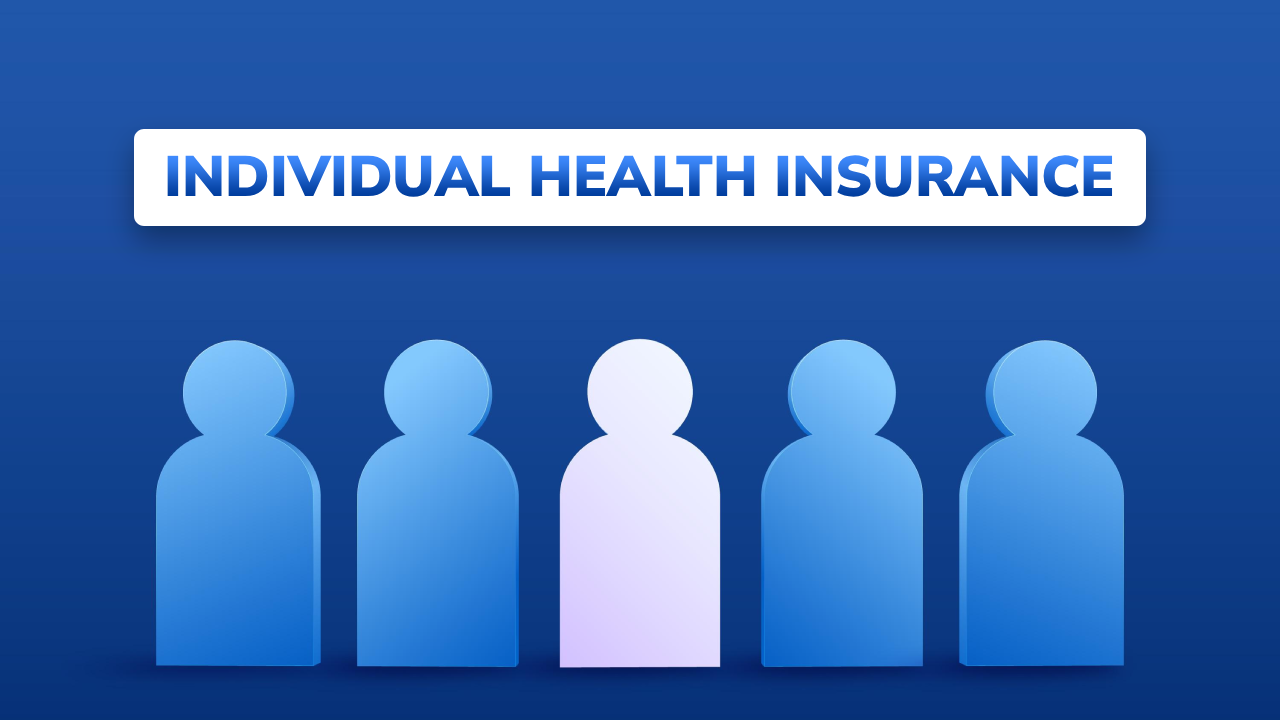As health needs evolve, many policyholders consider switching insurers to find better features, wider hospital networks, or improved claim services. The concept of portability in individual health insurance allows this shift without losing accumulated benefits like waiting periods or no-claim bonuses. However, the process is more complex than simply cancelling one plan and purchasing another. Understanding how portability works helps policyholders make informed decisions before initiating a transfer.
What is health insurance portability?
Health insurance portability is a right granted by the Insurance Regulatory and Development Authority of India (IRDAI). It enables policyholders to transfer their individual health insurance from one insurer to another while retaining crucial benefits earned over time. These benefits typically include credit for waiting periods for pre-existing diseases and continuity of coverage.
For example, if a person has completed two years of a four-year waiting period for a specific illness under one insurer, those two years will be counted by the new insurer. This ensures that changing insurers does not penalise long-term policyholders.
When can a policy be ported?
Portability can only be initiated during policy renewal — not in the middle of a policy term. The insured must inform their existing insurer at least 45 days before the renewal date about the intent to port. This allows both insurers to exchange policy and claim details through IRDAI’s central portability platform.
Failure to give this notice or lapsing the policy before renewal may lead to denial of the portability request. Hence, maintaining continuous coverage is critical during the process.
Reasons policyholders shift insurers
Policyholders usually consider portability when dissatisfied with their current insurer’s claim settlement, hospital network, or customer service. Some also switch to access newer features such as wellness benefits, OPD coverage, or preventive health check-ups that older policies may lack.
For families with dependent parents, portability helps move from basic to comprehensive plans, especially when looking for enhanced coverage under parents health insurance. Similarly, younger professionals often port to policies offering digital management and better online claim support.
How the process works
Once the portability request is submitted, the new insurer evaluates the applicant’s details, including age, medical history, and past claims. Based on this assessment, they may accept the proposal on existing terms, modify it, or reject it. If accepted, the continuity of benefits such as waiting period credits is carried forward seamlessly.
The entire process usually takes about 15 days after all documents are received. IRDAI guidelines ensure that no insurer delays or withholds portability without valid reasons.
Limitations of portability
While portability safeguards previous benefits, it does not guarantee identical premium rates or features. The new insurer is free to set premiums based on its underwriting policies. Moreover, if the applicant’s claim history includes frequent hospitalisations or high-value reimbursements, the new insurer might impose conditions or higher premiums.
Coverage features also vary — a policyholder shifting from one individual health insurance plan to another may find differences in sub-limits, room rent caps, or day-care procedure lists. Therefore, portability should be based on a detailed comparison rather than assumption of uniformity.
Impact on waiting periods and bonuses
One of the main attractions of portability is the continuation of waiting periods. For example, if a pre-existing condition required a four-year waiting period and the insured has completed three years with the old insurer, only one remaining year applies after shifting.
Similarly, cumulative bonuses or no-claim benefits earned in the previous policy are carried forward, though their monetary equivalent may differ depending on the new insurer’s structure.
Why portability requests sometimes get rejected
Rejections usually occur when the applicant has significant gaps in renewal, incomplete documentation, or undisclosed medical conditions. If a person fails to disclose recent diagnoses or surgeries, the new insurer may treat this as misrepresentation.
Additionally, insurers sometimes reject requests from applicants who have filed multiple claims in the past year or are above a certain age bracket. Senior citizens, for instance, may find portability more challenging due to higher underwriting scrutiny.
Practical tips before switching
Before initiating portability, policyholders should review the new insurer’s hospital network, claim settlement ratio, and sub-limit policies. Comparing features such as maternity cover, restoration benefits, and preventive health services ensures there is a genuine improvement in protection.
It is also advisable to request written confirmation of credit for waiting periods and bonuses before final approval. Families considering a shift for older members should check if the new insurer offers specific parents health insurance with shorter waiting periods or age-specific features.
Conclusion
Portability in individual health insurance offers flexibility and continuity, allowing policyholders to change insurers without losing hard-earned benefits. However, it is not a risk-free move — differences in policy terms, premiums, and claim procedures can create confusion if not reviewed carefully. Understanding the process, maintaining timely renewals, and verifying details before switching ensures a smoother transition. Ultimately, portability serves as a useful option for those seeking improved healthcare protection while retaining their policy history and accumulated benefits.

